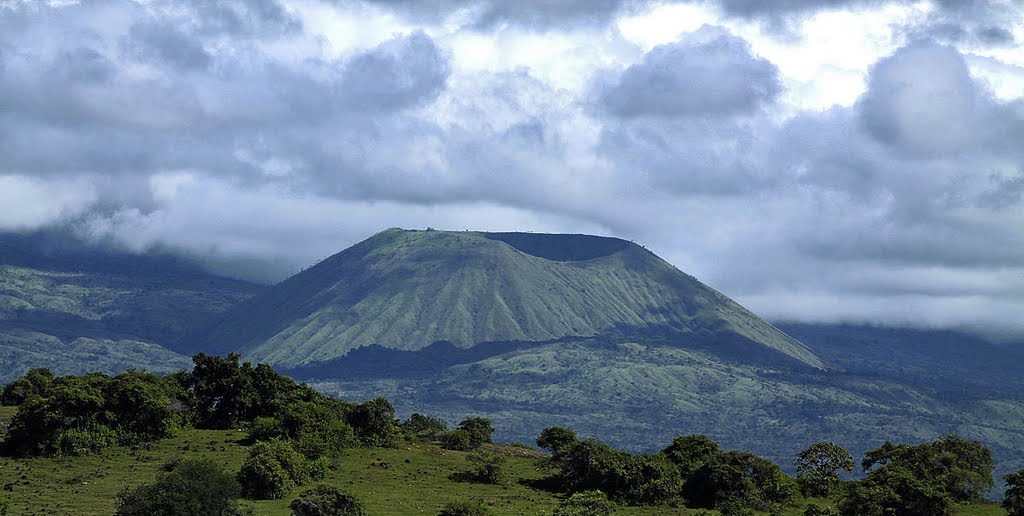
The above cartoons were published in 1816, one year after the eruption of Tambora, and were widely distributed within New England and Canada. By analyzing these we gain a first hand understanding of how the eruption of Tambora was experienced and perceived around the world. In the first comic, published in Vancouver, the date of August 1816 is visible in the background. Despite the date, the characters depicted are in full winter attire while snow can be seen falling. The intentional decision to contrast the date with the weather occurrence displays how surprising the weather effects of the Tambora period were. Additionally, the character depicted has presumably just returned from a hunting trip, given the rifle clasped in their arms. However, all they have returned with is a stalk of some plant, perhaps wheat. The shocked expression of the salesmen that this is presented to, compared to the smug look of the hunter, shows just how much weather effected nature worldwide, as well as the psyche of those affected. Presumably the facial expressions suggest that the salesmen is surprised that the hunter came back with anything at all, while the hunter is proud of the fact that he did so. Although famine and crop failure were widespread, this level of reaction is undoubtedly satirical and was actually one of the more lighthearted approaches amongst North American comics covering this period.
The second cartoon was published in Massachusetts, also in the summer of 1816, and shows a family trekking through the snow, while dragging their child and belongings behind them. While the first comic was somewhat satirical in suggesting that one stalk of wheat would grant pride to a hunter and shock a salesmen, this comic is far more dreary and representative of actual events. After Tambora erupted, New England experienced an incredibly long and severe winter that did not fully let up throughout the summer months. The slogan “18 hundred and froze to death” began to take hold (source, 1816 the year without a summer), as crop failure was widespread throughout Pennsylvania, Massachusetts, and Connecticut in 1815 and 1816. As a result, many farming families began to trek westward in search of warmth and farmable lands. These families often had no better method of transportation than by foot, while better of families had horses or wagons, and often took the path of the family pictured above. Such a path involved sacrificing what belonging were not necessary, and leaving the place that was known as home. The sketch above is an accurate and bleak representation of this harsh reality, and encompasses the pain that many people had to endure in part due to the widespread climate effects of the eruption of Mount Tambora.
